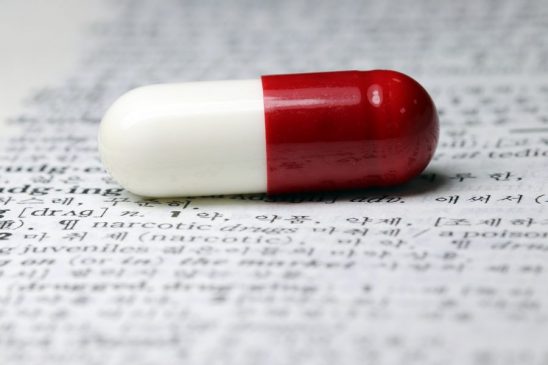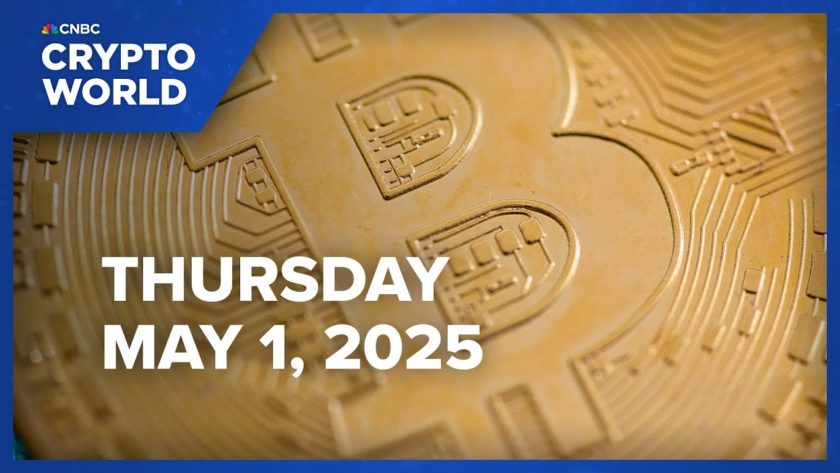UAE Telecom Operator du Announces Blockchain Solution For Fake Drugs
January 18, 2019 by Akshay Makadiya
UAE-based telecom operator du, previously known as Emirates Integrated Telecommunications Company, has unveiled its latest Blockchain Platform as a Service (BPaaS) use case–eliminating fake drugs from the pharmaceutical supply chain. The announcement was made at the Unlock Blockchain Conference in Dubai.
Also read: How Your Bitcoin Losses in 2018 Could Be a Win… At Tax Time
Subscribe to the Bitsonline YouTube channel for great videos featuring industry insiders & experts
Blockchain to Help Eliminate Counterfeit Drugs
Announced at the Unlock Blockchain Conference held in Dubai, UAE telecom operator du has launched a BPaaS use case in the form of a patient-centric safety blockchain solution. It was developed in collaboration with MedTech solutions provider Dhonor HealthTech.
Touted as the UAE’s first blockchain-based patient safety solution, it is built on du’s cloud-native blockchain infrastructure BPaaS, allowing stakeholders to track the provenance as well as the contents of drugs throughout the supply chain. As a result, its aim is to lead to the removal of fake drugs from distribution channels.
Patient Health Paramount
Jihad Tayara, Vice President of ICT commercial and business development at du, stated:
“In the healthcare sector, protecting patient data is paramount. Hence, we are proud to implement the next deployment of BPaaS within the healthcare sector, where it will contribute towards saving countless lives and raising the quality of care that patients receive.”
Last year, the Dubai-based telecom provider partnered with Ethereum-focused venture studio ConsenSys to develop a blockchain-as-a-service (BaaS) platform. The cloud-based solution would allow enterprises to develop applications on multiple distributed ledger systems.
Moreover, du’s BPaaS was designed for several use cases, but the platform provided specific inbuilt tools for developing apps in the fields of supply chain monitoring and management. Apart from that, BPaaS supports smart contracts on Ethereum and Hyperledger Fabric v1.3 frameworks.
Global Fight Against Fake Drugs
The World Health Organisation estimates the global counterfeit medicines market to be worth $200 billion USD yearly, killing over a million people. While the Emirates is not a major market for fake drugs, its geographical position between east and west has seen it become a prime location for fake drug trafficking, an accusation the nation disputes.
Addressing this major concern, the blockchain-powered patient safety solution will allow stakeholders to verify the origin and metadata of pharmaceutical products. As the data is fed onto a distributed ledger, there is no scope for manipulation. By providing complete accountability for pharmaceutical products, the solution increases transparency and trust in the distribution system.
Dhonor HealthTech CEO Said Wassim Merheby stated:
“The need for transparency and visibility to verify the authenticity and condition of the medicines that patients’ lives depend on is essential. By adopting blockchain into our everyday operations, this will be an important step towards the digitization of the UAE’s healthcare sector and revolutionize patient-centricity.”
In another attempt to combat counterfeit drugs, Dubai’s health system regulator, the Dubai Health Authority (DHA) launched its fifth smart robot-operated pharmacy in November last year. The smart pharmacy leverages a SMART barcoding system to eliminate counterfeit medicines from the supply chain.
On the global front, yesterday software giant SAP launched its blockchain solution initially targeting the removal of counterfeit drugs from the American supply chain.
Similarly, last year the Indian government think tank NITI Aayog announced a pilot program whereby it would develop a blockchain-powered drugs logistics system in a bid to eliminate fake drugs from the market.
Can blockchain tech put an end to the proliferation of the fake drug market? Share your views in the comments section below.
Images via Pixabay





